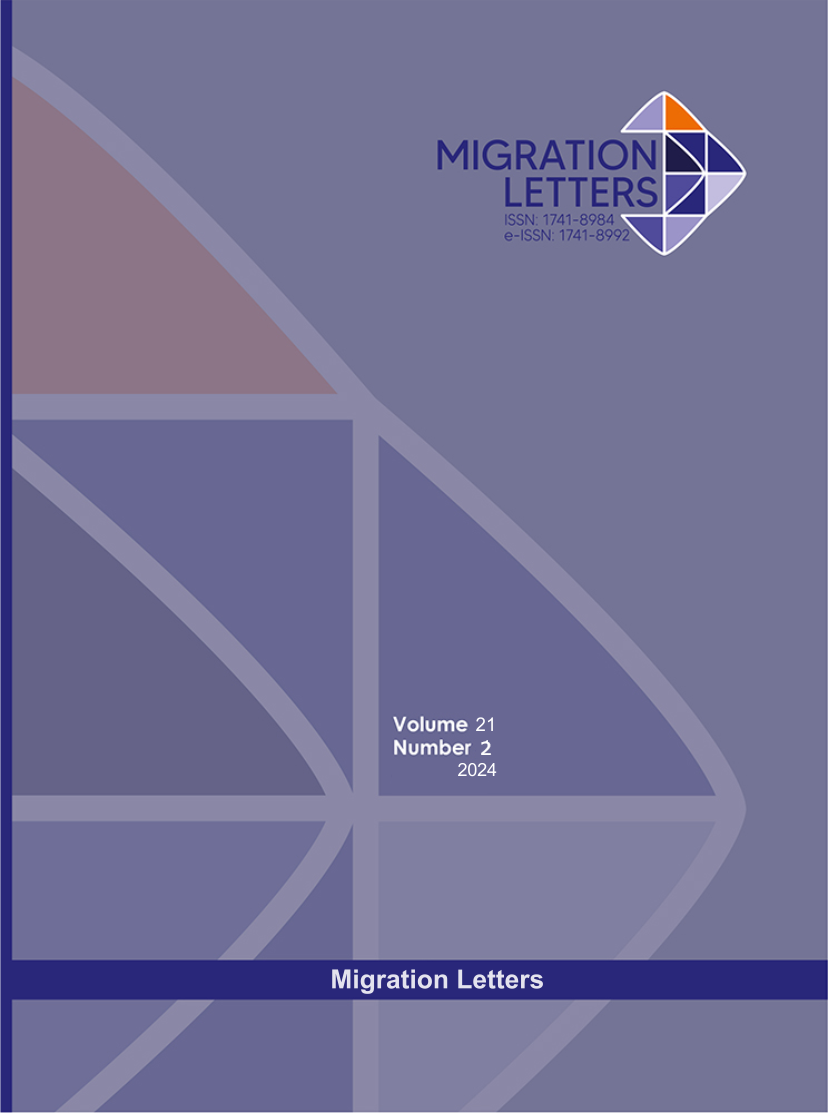Stakeholders Mapping in Integration System Development Sustainable Cattle-Oil Palm
DOI:
https://doi.org/10.59670/ml.v21i2.6084Abstract
Integrating cattle and oil palm cultivation systems presents the opportunity to maximize land and resource utilization while reducing detrimental environmental effects. The long-term viability of this system relies heavily on a profound comprehension of the players engaged in developing the cattle-oil palm integration system. Stakeholder analysis is crucial for discerning pertinent stakeholders' expectations, interests, and collaborative dynamics. The area is known for its focus on integrating cattle and oil palm, and it receives support from various stakeholders, including government agencies, communities, universities, and the private sector. Stakeholder analysis is employed to examine data about stakeholders. The creation of the cattle-oil palm integration system involves 33 stakeholders who have distinct roles and responsibilities according to relevant rules. These stakeholders are categorized into four positions Subject, Key Players, Context Setters, and Crowd. Each stakeholder has unique interests and influences. Conflicts of interest arise among parties. However, there is also a chance to establish a mutually beneficial relationship between them to enhance the beef cattle population and promote the growth of sustainable palm oil plantations. Collaboration among all stakeholders is necessary to build a cattle-oil palm integration system to generate equitable and sustainable advantages for everyone concerned.
Metrics
Downloads
Published
How to Cite
Issue
Section
License

This work is licensed under a Creative Commons Attribution-NonCommercial-NoDerivatives 4.0 International License.
CC Attribution-NonCommercial-NoDerivatives 4.0






